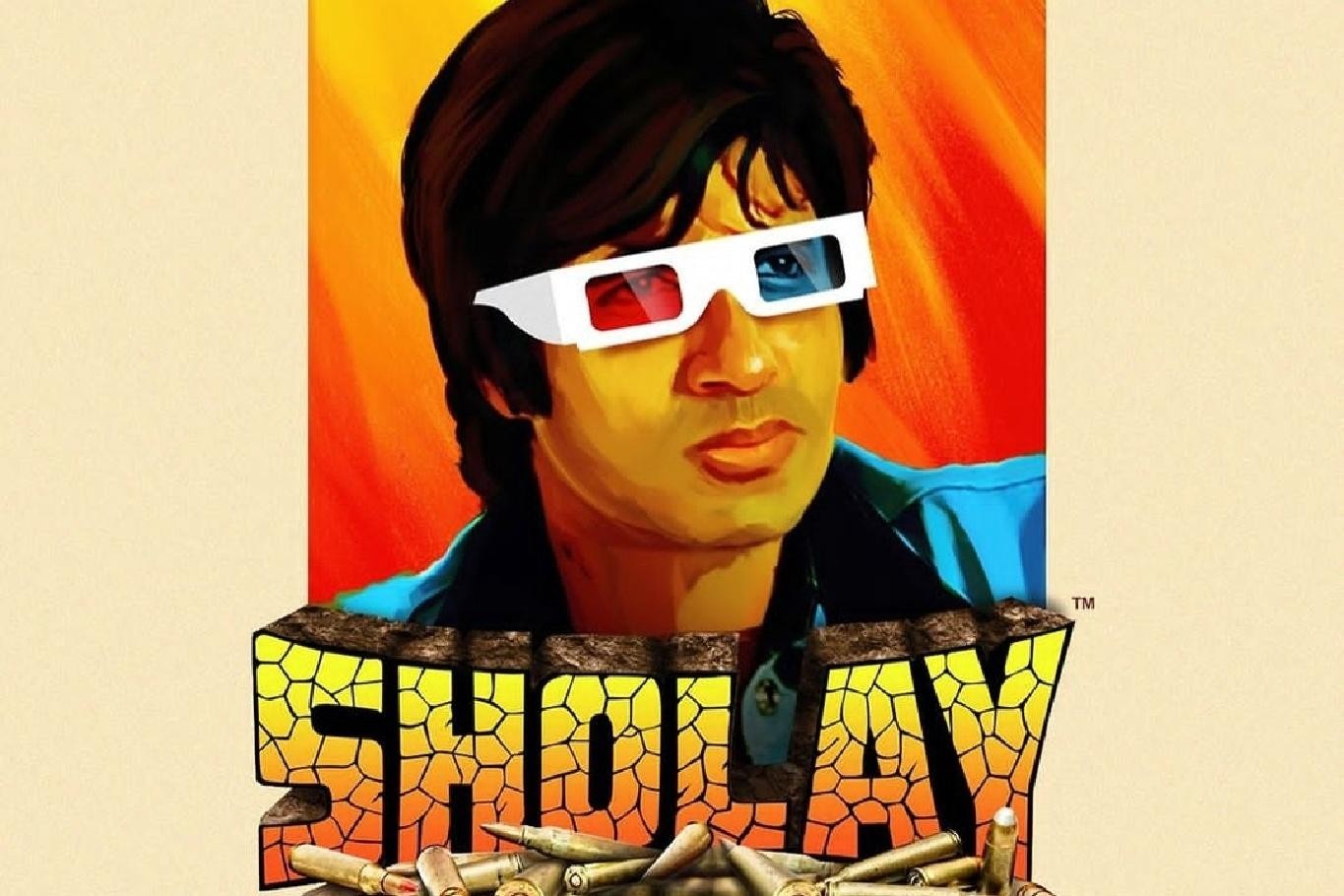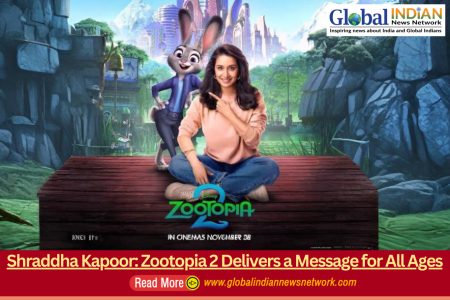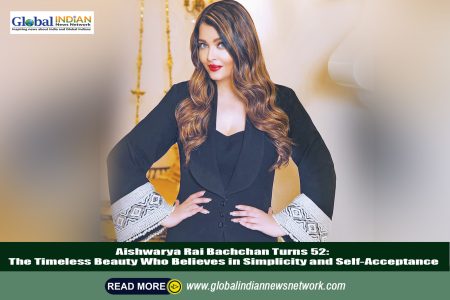
In the vast landscape of Indian cinema, few films have left an indelible mark like *Sholay*. Released on August 15, 1975, this cinematic gem, crafted by the renowned writers Salim-Javed and directed by Ramesh Sippy, has not only endured but thrived as a cultural icon. As we celebrate its 49th anniversary, it’s a fitting time to reflect on what has made *Sholay* an enduring classic.
Birth of a Classic
*Sholay* emerged during a period of transformation in Bollywood, when filmmakers were eager to explore new genres and storytelling techniques. This film brilliantly combined action, drama, romance, comedy, and music into a genre-defining “masala” movie that captivated audiences from all walks of life. Set in the fictional village of Ramgarh, the story follows two small-time crooks, Jai (Amitabh Bachchan) and Veeru (Dharmendra), who are recruited by a retired policeman, Thakur Baldev Singh (Sanjeev Kumar), to track down the notorious dacoit Gabbar Singh (Amjad Khan). The film weaves a powerful tale of friendship, revenge, and justice against a rural Indian backdrop.
Unforgettable Characters
The timeless appeal of *Sholay* can be attributed to its unforgettable characters, each leaving a lasting impression on Indian cinema. The camaraderie between Jai and Veeru, Thakur’s tragic past and resolute morality, and the vibrant personalities of Basanti (Hema Malini) and Radha (Jaya Bachchan) add depth to the film’s narrative. Yet, it is Amjad Khan’s portrayal of Gabbar Singh that remains iconic. His menacing dialogues and distinctive mannerisms, including the memorable lines “Kitne aadmi the?” and “Yeh haath mujhe de de Thakur,” have etched Gabbar Singh into Bollywood’s hall of fame.
Making of a Blockbuster
*Sholay* was a monumental undertaking, with production spanning over two and a half years and encountering numerous obstacles, from budget issues to technical challenges. Despite these hurdles, the dedication of the filmmakers led to a film that would go on to achieve monumental success. The music by R.D. Burman, with lyrics by Anand Bakshi, played a crucial role, with songs like “Yeh Dosti,” “Haa Jab Tak Hai Jaan,” and “Mehbooba Mehbooba” adding distinct charm to the movie’s narrative.
Cultural Milestone
Initially met with mixed reviews, *Sholay* soon overcame early skepticism through word-of-mouth acclaim and repeat viewings, running for an impressive five years at Mumbai’s Minerva Theatre. The film’s dialogues, characters, and scenes have become embedded in popular culture, influencing countless films, TV shows, and even political discourse. Jai and Veeru’s friendship set a new standard for on-screen partnerships, while Gabbar Singh’s villainy established a benchmark for future antagonists.
Legacy of *Sholay*
As *Sholay* approaches its 49th year, its legacy remains unmatched in Indian cinema. It has shaped the careers of its stars, influenced a generation of filmmakers, and continues to captivate audiences both young and old. In an ever-evolving cinematic world, *Sholay* stands as a testament to the enduring power of storytelling, proving that great cinema has the ability to deeply connect with audiences, making them laugh, cry, and cheer. Nearly five decades later, *Sholay* retains its esteemed place among India’s greatest films.












